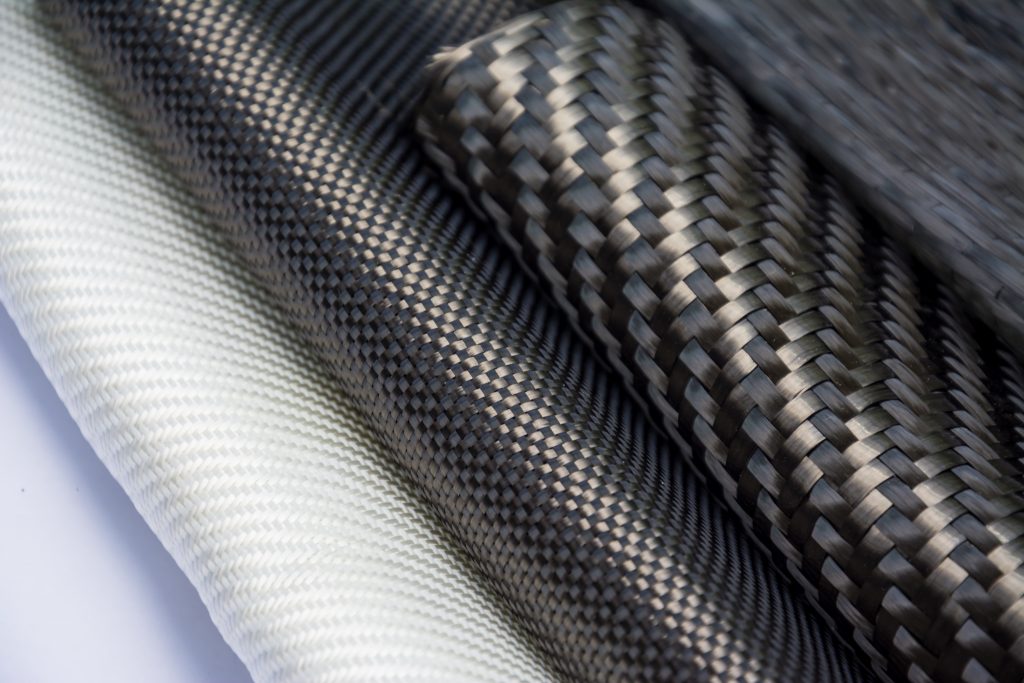Composites
Composite materials consist of two different materials with different physical and chemical properties. When they are combined, they create a composite material which has superior properties to the original two materials.
Composites
|Experts
|Funding Opportunities
|Case Studies
|Events
|News
|Perspective
|Programmes

Typically, composite materials are used for their strength to weight, electrical insulation and fire properties. The two main types of composite materials used are carbon/epoxy (aerospace, automotive) and glass/polyester (marine, construction). In the UK, there is a vibrant aerospace, defence and automotive sector where composites are used for their lightweight properties.
In 2018, Innovate UK Business Connect convened a Materials for Composites Special Interest Group. This year-long project enabled knowledge exchange, technology transfer, and collaboration between composites-using sectors and the chemical and industrial biotechnology sectors.
To find out more about the scope, achievements and learnings from this group, download our report.
Related Opportunities
Innovation Exchange challenge: Sustainable, high mass, highly finished, monolithic structures
Opens: 11/06/2024 Closes: 01/08/2024
Supporting the UK arm of a major blue-chip international organisation to identify sustainable materials and manufacturers to replace existing precast concrete components.
More Information
Innovation Exchange challenge: Sustainable materials in modular outdoor structures
Opens: 11/06/2024 Closes: 31/07/2024
Supporting the UK arm of a major blue-chip international organisation to identify sustainable materials and manufacturers for outdoor exposure structures.
More Information
Connecting concrete supply chain to innovators
Opens: 05/07/2024 Closes: 02/08/2024
Would you like to connect with innovators who are developing solutions to decarbonise concrete?
More Information
Innovate UK innovation loans future economy: round 16
Opens: 27/06/2024 Closes: 28/08/2024
UK registered businesses can apply for loans for innovative projects with strong commercial potential to significantly improve the UK economy.
More Information
Innovation Exchange challenge: Protective coating of NdFeB sintered magnets
Opens: 05/07/2024 Closes: 15/08/2024
HyProMag is looking to use Open Innovation to develop protective coating solutions for sintered neodymium-iron-boron (NdFeB) magnets.
More Information
Game Changers Challenge: Fixatives for containment of alpha contamination in gloveboxes
Opens: 08/07/2024 Closes: 15/08/2024
Sellafield Ltd would like to explore options for fixatives that would provide containment of alpha contaminated material within gloveboxes selected for decommissioning.




